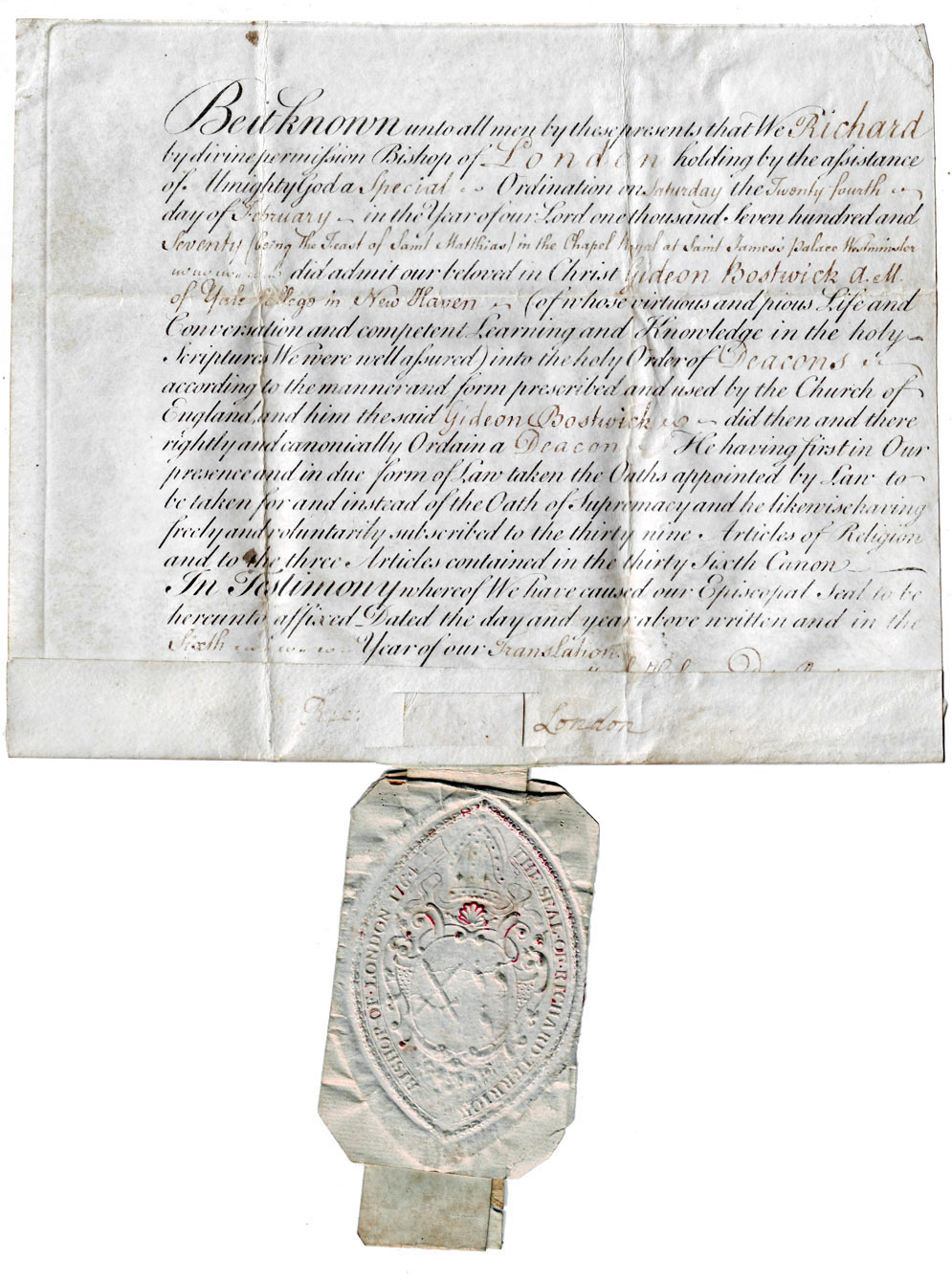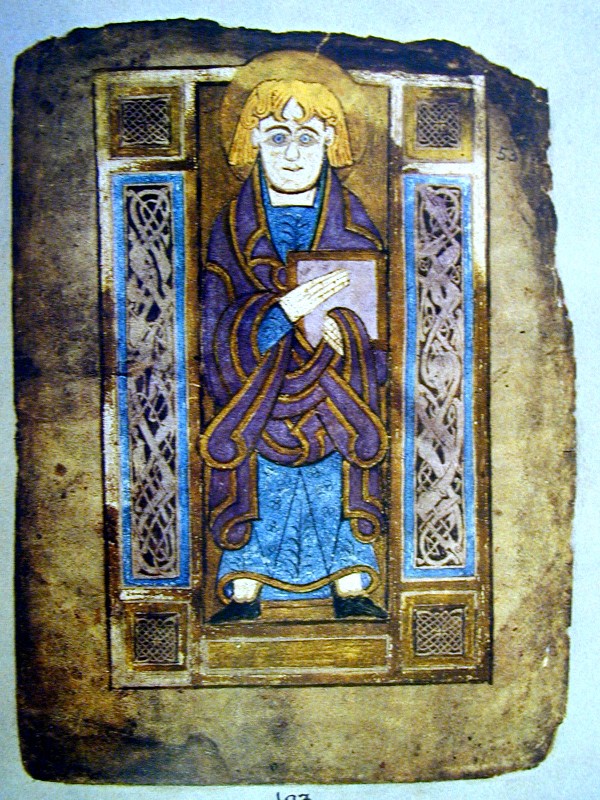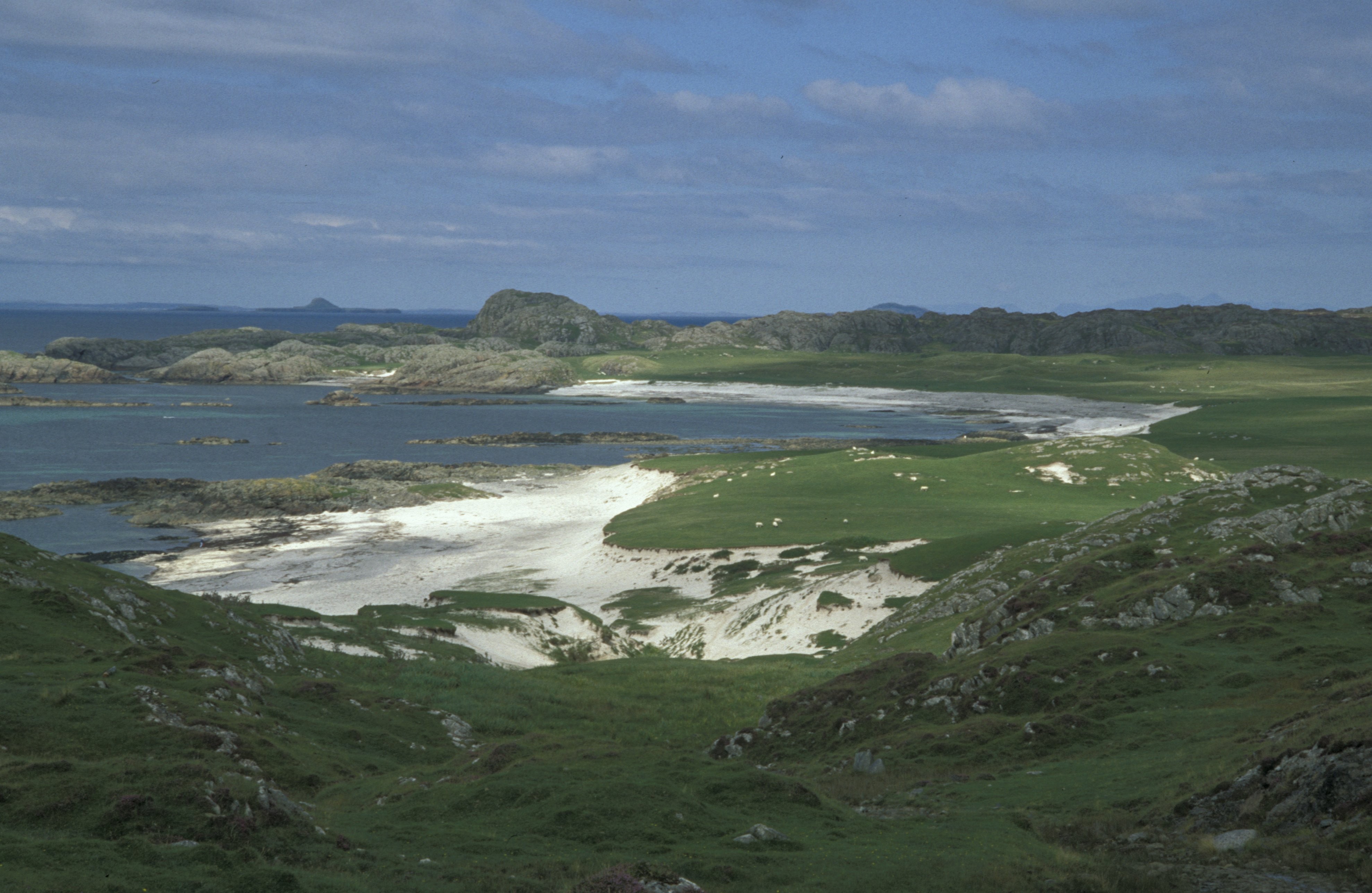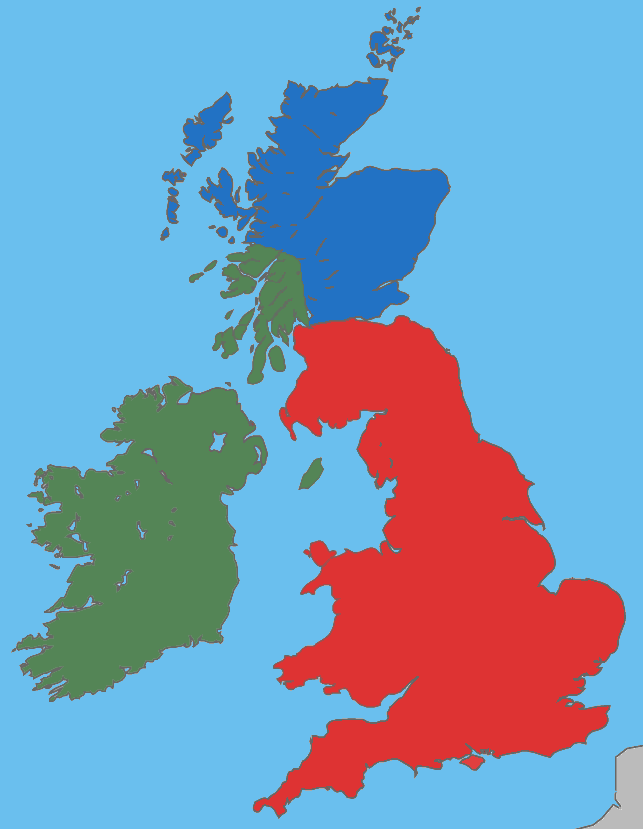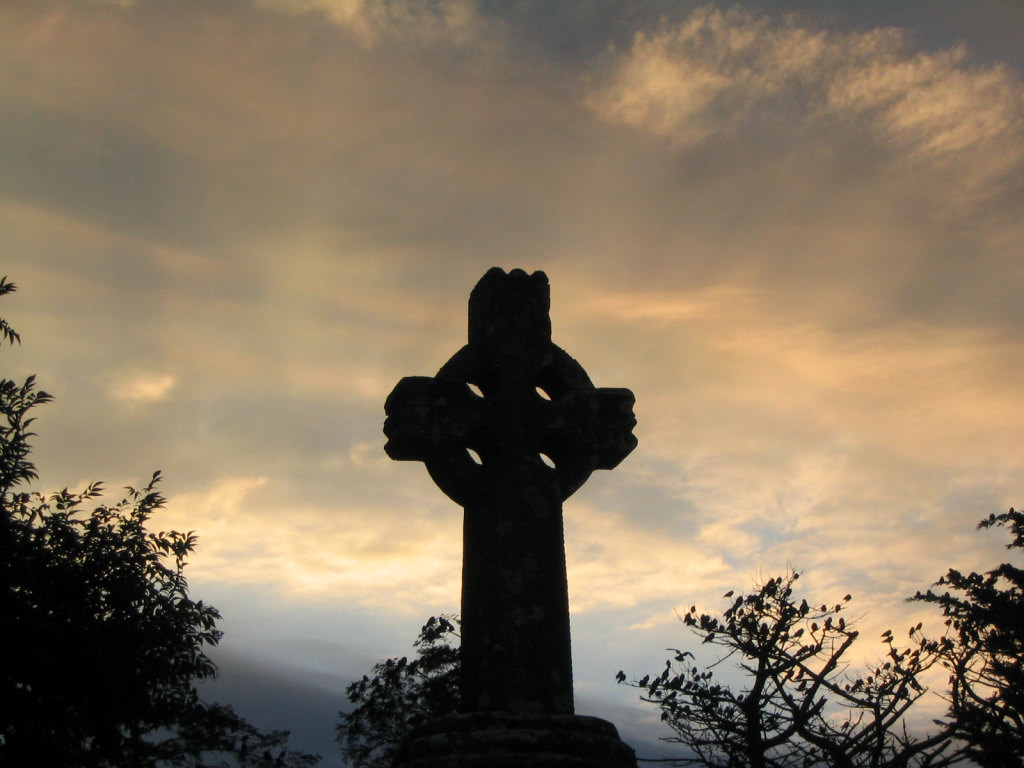|
St Cedd
Cedd (; 620 – 26 October 664) was an Anglo-Saxon monk and bishop from the Kingdom of Northumbria. He was an evangelist of the Middle Angles and East Saxons in England and a significant participant in the Synod of Whitby, a meeting which resolved important differences within the Church in England. He is venerated in the Catholic Church, Anglicanism, and the Orthodox Church. Background The little that is known about Cedd comes to us mainly from the writing of Bede in his ''Ecclesiastical History of the English People''. The following account is based entirely on Book 3 of Bede's History. Cedd was born in the kingdom of Northumbria and brought up on the island of Lindisfarne by Aidan of the Irish Church. He had three brothers: Chad of Mercia (transcribed into Bede's Latin text as Ceadda), Cynibil and Cælin. All four were priests and both Cedd and Chad became bishops. Despite being of apparent Northumbrian birth, the names of all four brothers are British Celtic in origi ... [...More Info...] [...Related Items...] OR: [Wikipedia] [Google] [Baidu] |
Bishop Of London
The bishop of London is the Ordinary (church officer), ordinary of the Church of England's Diocese of London in the Province of Canterbury. By custom the Bishop is also Dean of the Chapel Royal since 1723. The diocese covers of 17 boroughs of Greater London north of the Thames, River Thames (historically the City of London and the County of Middlesex) and a small part of the County of Surrey (the district of Borough of Spelthorne, Spelthorne, historically part of Middlesex). The Episcopal see, see is in the City of London, where the seat is St Paul's Cathedral, which was founded as a cathedral in 604 and was rebuilt from 1675 following the Great Fire of London (1666). Third in seniority in the Church of England after the archbishops of Archbishop of Canterbury, Canterbury and Archbishop of York, York, the bishop is one of five senior bishops who sit as of right as one of the 26 Lords Spiritual in the House of Lords (for the remaining diocesan bishops of lesser rank, seats are ... [...More Info...] [...Related Items...] OR: [Wikipedia] [Google] [Baidu] |
Synod Of Whitby
The Synod of Whitby was a Christianity, Christian administrative gathering held in Northumbria in 664, wherein King Oswiu ruled that his kingdom would calculate Easter and observe the monastic tonsure according to the customs of Roman Catholic, Rome rather than the customs practised by Irish people, Irish monks at Iona and its satellite institutions. The synod was summoned at Hilda of Whitby, Hilda's double monastery of Streonshalh (Streanæshalch), later called Whitby Abbey. Sources There are two principal sources for the synod. The first source, the ''Life of Wilfrid'', is a hagiography, hagiographic work written by Stephen of Ripon, often identified as Eddius, Eddius Stephanus, probably soon after 710. The second source is the ''Historia Ecclesiastica gentis Anglorum'' by the Bede, Venerable Bede, written in 731. One of Bede's sources was the ''Life of Wilfrid'' itself, but he also had access to people who knew participants in the synod. For example, Bede knew Acca of Hexham, a ... [...More Info...] [...Related Items...] OR: [Wikipedia] [Google] [Baidu] |
Computus
As a moveable feast, the date of Easter is determined in each year through a calculation known as – often simply ''Computus'' – or as paschalion particularly in the Eastern Orthodox Church. Easter is celebrated on the first Sunday after the Paschal full moon (a mathematical approximation of the first astronomical full moon, on or after 21 March itself a fixed approximation of the March equinox). Determining this date in advance requires a correlation between the lunar months and the solar year, while also accounting for the month, date, and weekday of the Julian or Gregorian calendar. The complexity of the algorithm arises because of the desire to associate the date of Easter with the date of the Jewish feast of Passover which, Christians believe, is when Jesus was crucified. It was originally feasible for the entire Christian Church to receive the date of Easter each year through an annual announcement by the pope. By the early third century, however, communic ... [...More Info...] [...Related Items...] OR: [Wikipedia] [Google] [Baidu] |
Celtic Rite
The term "Celtic Rite" is applied to the various liturgical rites used in Celtic Christianity in Britain, Ireland and Brittany and the monasteries founded by St. Columbanus and Saint Catald in France, Germany, Switzerland, and Italy during the Early Middle Ages. The term is not meant to imply homogeneity; instead it is used to describe a diverse range of liturgical practices united by lineage and geography. Welsh church Before the 8th century AD there were several Christian rites in Western Europe. Such diversity of practice was often considered unimportant so long as Rome's primacy was accepted. Gradually the diversity tended to lessen so that by the time of the final fusion in the Carolingian period the Roman Rite, its Ambrosian variant, and the Hispano-Gallican Mozarabic Rite were practically all that were left. British bishops attended the Council of Arles in A.D. 314 and the Council of Rimini in 359. Communication with Gaul may be inferred from dedications to St. M ... [...More Info...] [...Related Items...] OR: [Wikipedia] [Google] [Baidu] |
Iona
Iona (; , sometimes simply ''Ì'') is an island in the Inner Hebrides, off the Ross of Mull on the western coast of Scotland. It is mainly known for Iona Abbey, though there are other buildings on the island. Iona Abbey was a centre of Gaelic monasticism for three centuries and is today known for its relative tranquility and natural environment. It is a tourist destination and a place for spiritual retreats. Its modern Scottish Gaelic name means "Iona of (Saint) Columba" (formerly anglicised as "Icolmkill"). In 2019, Iona's estimated population was 120. In March 1980, the Hugh Fraser Foundation donated much of the main island (and its off-lying islands) to the current owner, the National Trust for Scotland. The abbey and some church buildings are owned by the Iona Cathedral Trust. One publication, describing the religious significance of the island, says that the island is "known as the birthplace of Celtic Christianity in Scotland,” and notes that “St Columba came here ... [...More Info...] [...Related Items...] OR: [Wikipedia] [Google] [Baidu] |
Brittonic Languages
The Brittonic languages (also Brythonic or British Celtic; ; ; and ) form one of the two branches of the Insular Celtic languages; the other is Goidelic. It comprises the extant languages Breton, Cornish, and Welsh. The name ''Brythonic'' was derived by Welsh Celticist John Rhys from the Welsh word , meaning Ancient Britons as opposed to an Anglo-Saxon or Gael. The Brittonic languages derive from the Common Brittonic language, spoken throughout Great Britain during the Iron Age and Roman period. In the 5th and 6th centuries emigrating Britons also took Brittonic speech to the continent, most significantly in Brittany and Britonia. During the next few centuries, in Celtic language decline in England, much of Britain the language was replaced by Old English and Scottish Gaelic, with the remaining Common Brittonic language splitting into regional dialects, eventually evolving into Welsh, Cornish, Breton, Cumbric, and probably Pictish. Welsh and Breton continue to be s ... [...More Info...] [...Related Items...] OR: [Wikipedia] [Google] [Baidu] |
Cælin
Cælin was one of four brothers named by Bede as active in the early Anglo-Saxon Church. The others were Cedd, Chad, and Cynibil. The name Caelin is a spelling variant of the name of a West Saxon king Ceawlin, and is of Celtic rather than Anglo-Saxon derivation.Ward-Perkins, B., ''Why did the Anglo-Saxons not become more British?'' ''The English Historical Review'' 115.462 (June 2000): p. 513. Bede portrays Cælin as a chaplain at the court of Ethelwald, a nephew of King Oswiu of Northumbria. Ethelwald was appointed to administer the coastal area of Deira. It was on the initiative of Cælin that Ethelwald donated land for the building of a monastery at Lastingham in the North York Moors. The monastery became a base for Cedd, who was serving as a missionary bishop in Essex, and for Chad, who succeeded him as abbot Abbot is an ecclesiastical title given to the head of an independent monastery for men in various Western Christian traditions. The name is derived from ''abb ... [...More Info...] [...Related Items...] OR: [Wikipedia] [Google] [Baidu] |
Cynibil
Cynibil was one of four Northumbrian brothers named by Bede as prominent in the early Anglo-Saxon Church. The others were Chad of Mercia, Cedd and Caelin. Bede comments on how unusual it would be for four brothers to become priests and two of them to reach the rank of bishop. Chad and Cedd were the two who became bishops, according to Bede. When Cedd undertook a forty-day fast to purify the site of their monastery at Lastingham Lastingham is a village and civil parishes in England, civil parish in North Yorkshire, England. It is on the southern fringe of the North York Moors, north-east of Kirkbymoorside, and to the east of Hutton-le-Hole. It was home to the early m ..., Cynibil took over the fast on the thirtieth day. References External links * {{PASE, 1599, Cynebill 1 Anglo-Saxon people 7th-century English people 7th-century Christian clergy Burials at Lastingham Priory ... [...More Info...] [...Related Items...] OR: [Wikipedia] [Google] [Baidu] |
Chad Of Mercia
Chad (died 2 March 672) was a prominent 7th-century Anglo-Saxon monk. He was an abbot, Bishop of the Northumbrians and then Bishop of the Mercians and Lindsey People. After his death he was known as a saint. He was the brother of Bishop Cedd, also a saint. He features strongly in the work of Bede and is credited, together with Bishop Wilfrid of Ripon, with introducing Christianity to the Mercian kingdom. Sources Most of what is known of Chad comes from the writings of Bede and the biography of Bishop Wilfrid written by Stephen of Ripon. Bede tells us that he obtained his information about Chad and his brother, Cedd, from the monks of Lastingham, where both were abbots. Bede also refers to information he received from Trumbert, "who tutored me in the Scriptures and who had been educated in the monastery by that master had. In other words, Bede considered himself to stand in the spiritual lineage of Chad and had gathered information from at least one who knew him per ... [...More Info...] [...Related Items...] OR: [Wikipedia] [Google] [Baidu] |
Celtic Christianity
Celtic Christianity is a form of Christianity that was common, or held to be common, across the Celtic languages, Celtic-speaking world during the Early Middle Ages. The term Celtic Church is deprecated by many historians as it implies a unified and identifiable entity entirely separate from that of mainstream Western Christendom. For this reason, many prefer the term Insular Christianity. As Patrick Wormald explained, "One of the common misconceptions is that there was a ''Roman'' Church to which the ''Celtic'' Church was nationally opposed." Some writers have described a distinct "Celtic Church" uniting the Celts (modern), Celtic peoples and distinguishing them from adherents of the Latin Church, Roman Church, while others classify Celtic Christianity as a set of distinctive practices occurring in those areas. Varying scholars reject the former notion, but note that there were certain traditions and practices present in both the Irish and British churches that were not seen ... [...More Info...] [...Related Items...] OR: [Wikipedia] [Google] [Baidu] |
Aidan Of Lindisfarne
Aidan of Lindisfarne (; died 31 August 651) was an Irish monk and missionary credited with converting the Anglo-Saxons to Christianity in Northumbria. He founded a ministry cathedral on the island of Lindisfarne, known as Lindisfarne Priory, served as its first bishop, and travelled ceaselessly throughout the countryside, spreading the gospel to both the Anglo-Saxon nobility and the socially disenfranchised (including children and slaves). He is known as the Apostle of Northumbria and is recognised as a saint by the Catholic Church, the Eastern Orthodox Church, the Anglican Communion, and others. Biography Bede's meticulous and detailed account of Aidan's life provides the basis for most biographical sketches (both classical and modern). Bede says virtually nothing of the monk's early life, save that he was a monk at the ancient monastery on the island of Iona from a relatively young age and that he was of Irish descent. According to Catholic tradition, in Aidan's early years, ... [...More Info...] [...Related Items...] OR: [Wikipedia] [Google] [Baidu] |
Lindisfarne
Lindisfarne, also known as Holy Island, is a tidal island off the northeast coast of England, which constitutes the civil parishes in England, civil parish of Holy Island in Northumberland. Holy Island has a recorded history from the 6th century AD; it was an important centre of Celtic Christianity under Saints Aidan of Lindisfarne, Aidan, Cuthbert, Eadfrith of Lindisfarne, Eadfrith, and Eadberht of Lindisfarne. The island was originally home to a monastery, which was Sack of Lindisfarne, destroyed during the Viking expansion, Viking invasions but re-established as a priory following the Norman Conquest of England. Other notable sites built on the island are St Mary the Virgin parish church (originally built AD 635 and restored in 1860), Lindisfarne Castle, several lighthouses and other navigational markers, and a complex network of lime kilns. In the present day, the island is an Area of Outstanding Natural Beauty and a hotspot for historical tourism and bird watching. As of Fe ... [...More Info...] [...Related Items...] OR: [Wikipedia] [Google] [Baidu] |
